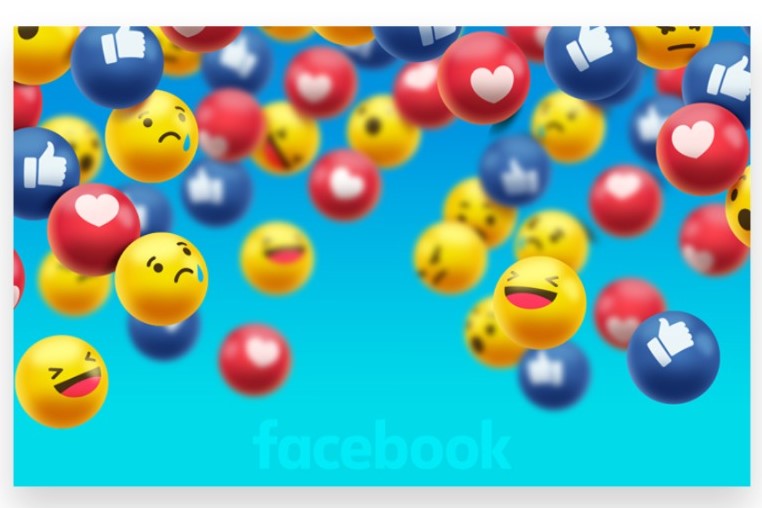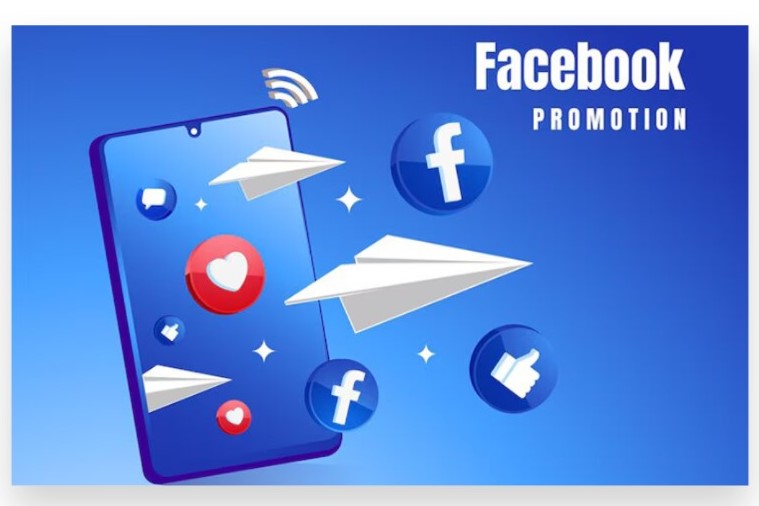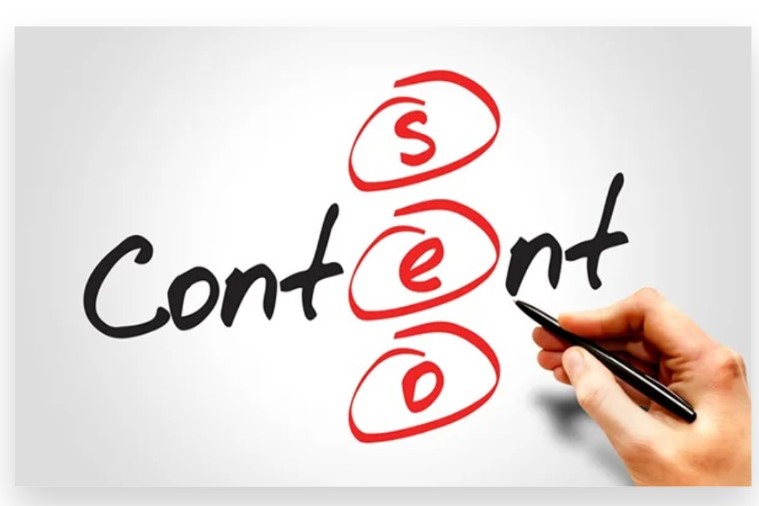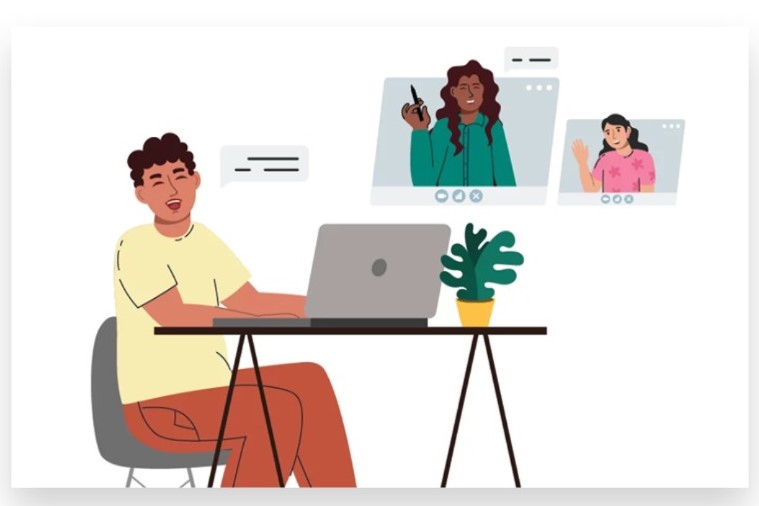Getting more reaction emojis on Facebook is a clear indicator that your content resonates with your audience and prompts them to interact emotionally. Reaction emojis, such as the like, love, haha, wow, sad, and angry icons, provide insight into how people feel about your posts. Here’s how to get more reaction emojis on Facebook posts. Additionally, working with an expert team can help you refine your strategy to enhance engagement even further.

Post Emotionally Engaging Content
1. Share Relatable Stories and Personal Experiences
- Authenticity: Share personal or behind-the-scenes stories that your audience can relate to. Posts about personal milestones, challenges, or heartwarming moments often elicit more reaction emojis, as they tap into the emotions of your followers.
- Human Interest Stories: Stories that highlight real human emotions, whether they’re uplifting or sentimental, trigger different types of reactions such as the love, sad, or wow emojis.
2. Use Humor to Get Laughs
- Funny Content: Posts that are humorous or entertaining are more likely to get the “haha” reaction emoji. Memes, jokes, or lighthearted content that makes people laugh can greatly increase reactions your post.
- Engage with Trending Humor: Stay updated with trending topics and memes that your audience will find funny. Timely humor can be an effective way to increase engagement.
Leverage Visual Content for Emotional Impact
1. Use High-Quality Images and Videos
- Compelling Visuals: Posts with visually striking images or engaging videos naturally draw attention and generate reactions. Whether you’re posting about a product, a personal update, or an event, make sure your visuals evoke an emotional response.
- Candid Moments: Candid photos and videos, especially those that capture raw emotion or spontaneity, often lead to more reaction emojis as they feel more authentic and relatable.
2. Emotional Video Content
- Storytelling through Video: Videos that tell a story, whether happy, surprising, or touching, tend to get a variety of reaction emojis. Sharing stories through video content can help evoke strong emotions and boost engagement.
- Behind-the-Scenes Videos: Share exclusive behind-the-scenes moments or footage that gives your audience a glimpse of your life or business. This personal touch can lead to more emotional engagement.
Use Facebook’s Polls and Reaction-Based Content
1. Create Reaction Polls
- Polls with Reaction Emojis: Facebook allows you to create polls where people can use reaction emojis to vote. This is a great way to directly encourage interaction and see how your audience feels about certain topics.
- Encourage Specific Reactions: In your posts, you can ask your audience to use a specific reaction emoji to express how they feel about your content. For example, “If you agree, hit the love emoji!”
2. Interactive and Reaction-Based Content
- Use Interactive Posts: Posts that ask for opinions, prompt reactions, or encourage people to take sides tend to generate more reactions. Use statements like “React with Wow if you think this is amazing!” to guide your audience to use the reactions.
- Polls on Stories: Use polls and reaction-based engagement on Facebook Stories to invite your audience to respond using reaction emojis.
Post at Optimal Times for Maximum Engagement
1. Identify the Best Time to Post
- Facebook Insights: Use Facebook Insights to determine when your audience is most active. Posting when your followers are online increases the likelihood that more people will see and engage with your content.
- Test Posting Times: Experiment with posting at different times and analyze which time slots bring the highest number of reactions.
2. Post During High-Emotion Events
- Current Events and Holidays: During significant events, holidays, or trending topics, post content that resonates with what’s happening in the world. People tend to be more emotionally reactive during these times, which can lead to more reaction emojis.
Run Emotionally-Driven Campaigns

1. Create Campaigns that Inspire Emotional Reactions
- Cause-Based Content: Posts that promote a cause or share stories of giving, community, or change often elicit strong emotional reactions, including love, wow, and even sad emojis.
- Holiday or Themed Campaigns: During holidays or special events, create campaigns that tap into the emotional atmosphere. For instance, heartfelt posts around Christmas, or surprising posts during April Fools’ Day, can bring in a range of reaction emojis.
2. Boost Engaging Posts
- Boost High-Engagement Content: If a post is already generating a lot of reaction emojis, consider boosting it to reach a wider audience. The more people see and interact with your post, the more reactions you’ll get.
- Target Audience Ads: Use Facebook Ads to target a specific audience that is more likely to emotionally engage with your content. A well-targeted campaign can lead to increased reactions.
Respond and Interact with Your Audience
1. Engage with Your Audience in the Comments
- Respond to Comments: When your audience comments on your posts, engage back with thoughtful replies. Building a rapport in the comments encourages more interaction, and people will often react more to posts where they feel valued.
- Ask for Feedback: Encourage your audience to share their thoughts in the comments. Asking questions or prompting discussion can result in more reaction emojis.
2. Pin Comments that Spark Emotion
- Pin the Best Comments: By pinning meaningful or emotional comments, you further highlight the emotional impact of your post, encouraging others to react with similar emojis.
- Create Dialogue: Start a conversation in the comments section that invites emotional responses and interaction from your audience.
Seek Professional Guidance for Strategy
1. Get Help from an Expert Team
- Social Media Experts: If you’re aiming for sustained growth in engagement and reaction emojis, an expert team can analyze your performance, audience behavior, and help refine your strategy. Professionals can provide valuable insights into optimizing your content for maximum emotional impact.
- Maximize Reaction Strategy: Working with social media experts can ensure you’re using Facebook’s tools and algorithms effectively, leading to more reactions and overall engagement.
By using these strategies, you can significantly increase reaction emojis on your Facebook posts. Whether through emotionally resonant content, interactive engagement, or boosted posts, the key is to create content that invites your audience to emotionally invest in what you share. Additionally, seeking guidance from an expert team can provide personalized strategies to maximize your engagement and reaction emojis.
How to Get More Reaction Emojis on Facebook
Facebook reactions go beyond simple “likes” and allow users to express emotions like love, laughter, surprise, sadness, and anger through reaction emojis. Gaining more reaction emojis can increase engagement and boost the visibility of your posts. Here’s how to get more reaction emojis on Facebook:

1. Post Engaging and Emotional Content
a. Share Heartwarming Stories:
Posts that evoke strong emotions tend to get more reactions, such as heart or wow emojis. Share personal stories, inspirational moments, or feel-good content that resonates with your audience on an emotional level.
b. Use Humor in Your Posts:
Funny memes, jokes, or relatable posts often get the “Haha” emoji. People enjoy content that makes them laugh, so using humor is a great way to encourage laughter and engagement.
2. Ask for Specific Reactions
a. Use Clear Call-to-Actions (CTAs):
Encourage your audience to use specific reactions. For example, ask them to “Hit the heart if you agree!” or “React with a wow if this surprised you!” These prompts make it easy for users to engage.
b. Create Reaction Polls or Challenges:
Run posts where users can vote using reaction emojis. For instance, create a poll where different emojis represent different answers, like “React with a haha for option 1, love for option 2, and wow for option 3.”
3. Share Viral and Trending Content
a. Tap into Viral Trends:
Engage with popular or trending topics that resonate with a wide audience. Trending content often gets more reactions because it’s something people are already interested in and talking about.
b. Use Viral Challenges and Memes:
Participating in viral challenges or sharing memes relevant to your niche can attract more reactions, as people are likely to engage with familiar and popular content.
4. Post Thought-Provoking Content
a. Ask Questions:
Posting open-ended or thought-provoking questions encourages people to react with emojis, especially the “Wow” or “Haha” reactions. Thought-provoking questions stimulate curiosity and invite participation.
b. Share Shocking Facts or News:
Posts that share surprising, shocking, or eye-opening information often get a “Wow” reaction. Share content that makes your audience stop and think.
5. Post Visual Content
a. Use Eye-Catching Images and Videos:
Visual content like high-quality photos and videos can significantly boost reactions. Videos tend to perform better as they capture attention for a longer period and provide more context for emotional responses.
b. Post Relatable Memes and Graphics:
Memes and relatable images prompt users to react with emojis like “Haha” or “Love.” Funny, sarcastic, or nostalgic memes work particularly well in encouraging reactions.
6. Leverage Emotional Triggers
a. Evoke Emotions Like Joy, Surprise, or Love:
Posts that stir emotions like happiness, surprise, or affection are more likely to gather reactions such as heart or wow emojis. For example, heartwarming videos of good deeds or surprising acts of kindness often trigger emotional responses.
b. Post Stories About Challenges and Overcoming Obstacles:
Content about personal or professional struggles and triumphs can inspire emotional reactions. People are more likely to react with love or care emojis when they see a story of resilience and overcoming hardships.
7. Post at Optimal Times
a. Use Facebook Insights:
Post when your audience is most active. Facebook Insights can help you identify the best times to post. When more people see your post, it’s more likely to generate reactions.
b. Experiment with Posting Schedules:
Test different times and days to find when your audience is most engaged. Posting consistently at the right time increases the likelihood of getting more reactions.
8. Create Contests and Giveaways
a. Host Reaction-Based Contests:
Run contests where users need to react with specific emojis to participate. For instance, ask followers to “React with a heart to win!” Contests drive excitement and encourage people to engage with your content using emojis.
b. Offer Appealing Prizes:
Contests with attractive prizes will drive engagement, and people will react more frequently if there’s an incentive. The more valuable the prize, the more reactions your post is likely to get.

9. Engage with Your Audience
a. Respond to Comments and Reactions:
Show that you value your audience’s participation by responding to their comments and reactions. This builds a sense of community and encourages further interaction.
b. Encourage Discussion and Interaction:
Create posts that spark conversation or debates, which will naturally lead to more reactions. When people feel engaged in a discussion, they are more likely to express their opinions using reaction emojis.
10. Use Emotional Hashtags
a. Incorporate Emotional or Trending Hashtags:
Hashtags like #Love, #Gratitude, #Happiness, or #Surprise can increase the visibility of your posts and encourage reactions. Emotional hashtags help attract people who are more likely to react with emojis.
b. Participate in Hashtag Challenges:
Joining popular hashtag challenges or creating your own can drive reactions, especially if the challenge involves relatable or emotional content.
Conclusion
Getting more reaction emojis on Facebook requires a thoughtful approach that prioritizes engagement and connection with your audience. To increase reactions like “Love,” “Wow,” and “Haha,” you need to create content that elicits emotional responses. Focus on posting high-quality visuals—such as videos, photos, and memes—that catch attention and stir up feelings like excitement, humor, or inspiration. These types of posts are more likely to receive diverse reactions from your followers.
Timing plays a critical role as well. To maximize engagement, post during peak times when your audience is most active. Use Facebook Insights to analyze the best times for posting, ensuring your content gets maximum visibility and interaction.
Don’t hesitate to ask your audience for their reactions. Including simple prompts like “Show us some love with a ❤️” or “React with a 😮 if you’re amazed!” encourages your followers to respond. Interactive content, like polls or questions, can also drive more engagement and boost reactions.
If you’re aiming to increase reactions quickly, running targeted Facebook ads can help push your posts in front of more people who are likely to engage. By reaching a broader audience, you increase the chances of receiving a variety of reactions. Managing your social media can be challenging, but our Expert team is here to help. Buy Post Reaction service to Boost your engagement with genuine, organic strategies that are 100% legal. We use reliable advertising techniques to ensure your posts Reach your target audience instantly, delivering active views and more reaction emojis from a real audience. Let us help you grow your social media presence effectively and sustainably.